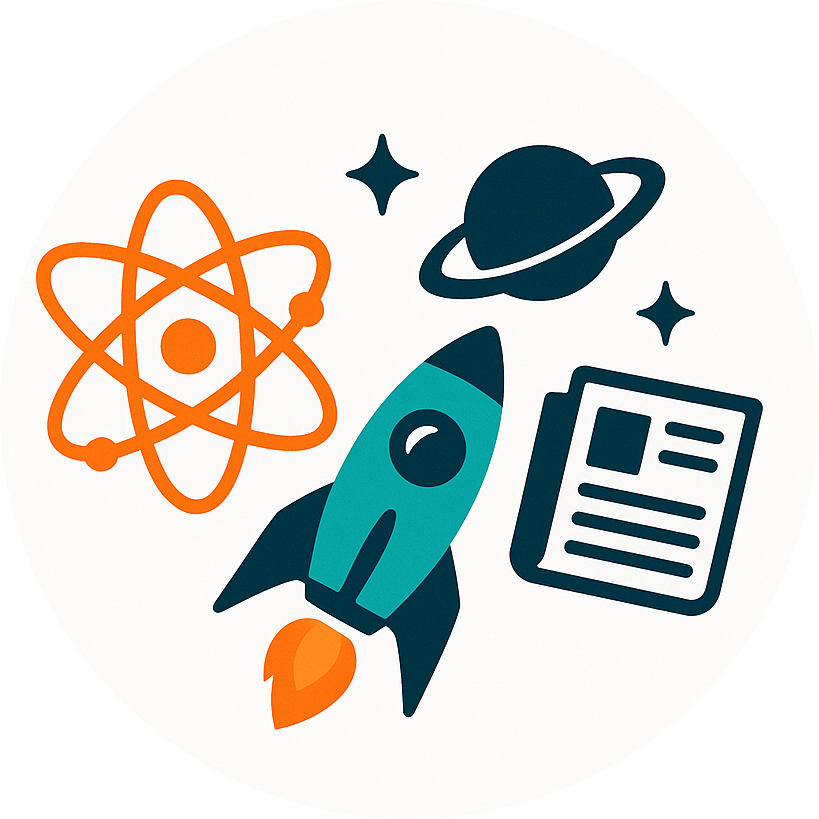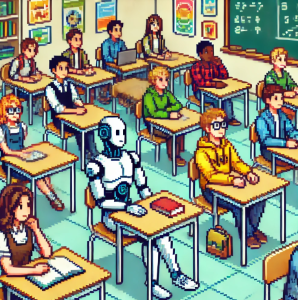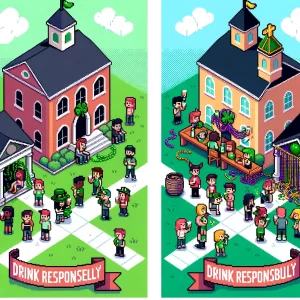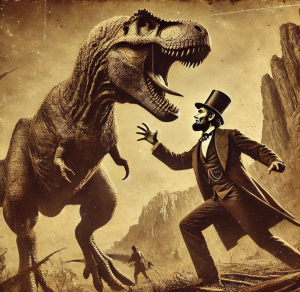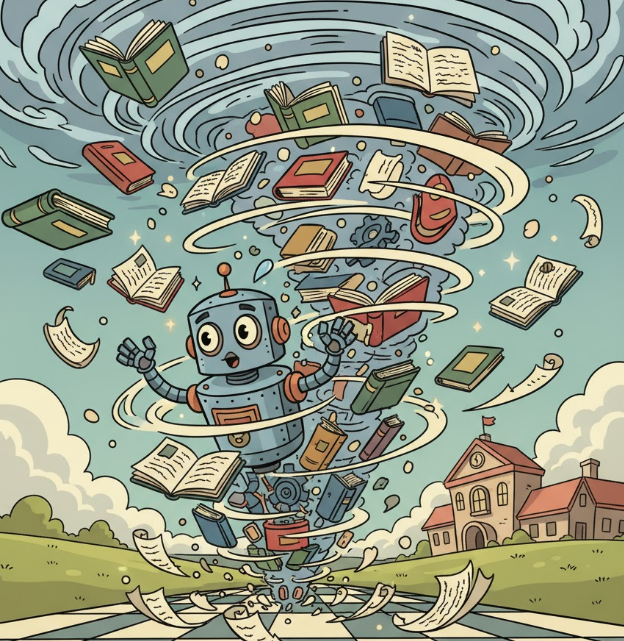
From Classroom to Cosmos with Trawly
How This Week in Science Aligns with the National Science Education Standards
If you’ve ever tried to make science come alive for students, you’ve probably faced the same challenge teachers and curriculum designers have wrestled with for decades: how do we move from memorizing facts to truly doing science? That’s exactly what the National Science Education Standards (NSES) were created to address — and now, This Week in Science is taking the next step by integrating those standards directly into our articles and our AI-powered research assistant, Trawly.
From Standards to Storytelling
The National Science Education Standards, developed by the National Research Council, outline what students should know, understand, and be able to do to become scientifically literate citizens. They emphasize that learning science is not about passively receiving information — it’s about inquiry, critical thinking, and connecting knowledge to the real world.
That philosophy perfectly mirrors how This Week in Science approaches storytelling. Every post we publish translates new research into engaging narratives that highlight how science actually works — from asking questions to testing explanations to applying discoveries to everyday life. Now, each story we publish is also mapped to the key domains of the NSES, including:
- Science as Inquiry: Encouraging curiosity and experimentation.
- Science in Personal and Social Perspectives: Connecting discoveries to real-world issues.
- History and Nature of Science: Showing how science evolves through questioning and evidence.
- Unifying Concepts and Processes: Helping readers see patterns and relationships across disciplines.
In other words, our weekly digest doesn’t just tell you what happened in science — it shows you how scientific understanding develops, using the same inquiry-driven structure that teachers aim to instill in their students.
What This Means for Educators and Students
With this new alignment, educators can now use This Week in Science as a living classroom resource. Every article can serve as a springboard for:
- Lesson integration: Search or filter stories by grade-level content areas aligned with NSES categories.
- Inquiry-based assignments: Use articles to inspire student investigations or debates grounded in current science.
- Cross-disciplinary learning: Connect research in biology, chemistry, or earth science to technology, ethics, and culture.
And because Trawly is now trained to recognize and tag content based on the NSES, teachers can ask it questions like:
“Show me recent studies aligned with ‘Science as Inquiry’ for middle school students.”
“Find a story that connects ‘Earth and Space Science’ to sustainability.”
Within seconds, Trawly retrieves, summarizes, and organizes relevant research articles — saving teachers hours of prep time while keeping lessons fresh, current, and standards-based.
What This Means for Everyone Else
Even if you’re not a teacher, this update deepens how This Week in Science helps readers engage with science. The NSES emphasizes that science is for everyone, not just scientists or students. Our integration brings that ideal to life by giving readers a tool to explore research through the same framework used in classrooms nationwide.
Parents can follow along with what their kids are learning. Science communicators can align their outreach with educational goals. Students can use Trawly to build projects, write summaries, or explore how real-world research connects to what they learn in class.
Why This Matters
The NSES was written with a simple but powerful premise: learning science is something students do, not something that’s done to them. With our integration, we’re extending that philosophy beyond the classroom. Whether you’re an educator designing a lesson, a curious reader exploring the latest breakthroughs, or a student searching for sources, This Week in Science and Trawly now make scientific inquiry active, engaging, and accessible.
Experience It Yourself
Explore our new standards-aligned stories at This Week in Science and try asking Trawly your first inquiry-aligned question. Together, we’re building a bridge between how science is taught and how science is discovered — one story at a time.
